Home>Maintenance & Safety>Home Maintenance Checklists>What Approximate Percentage Of Household Trash Can Be Recycled?
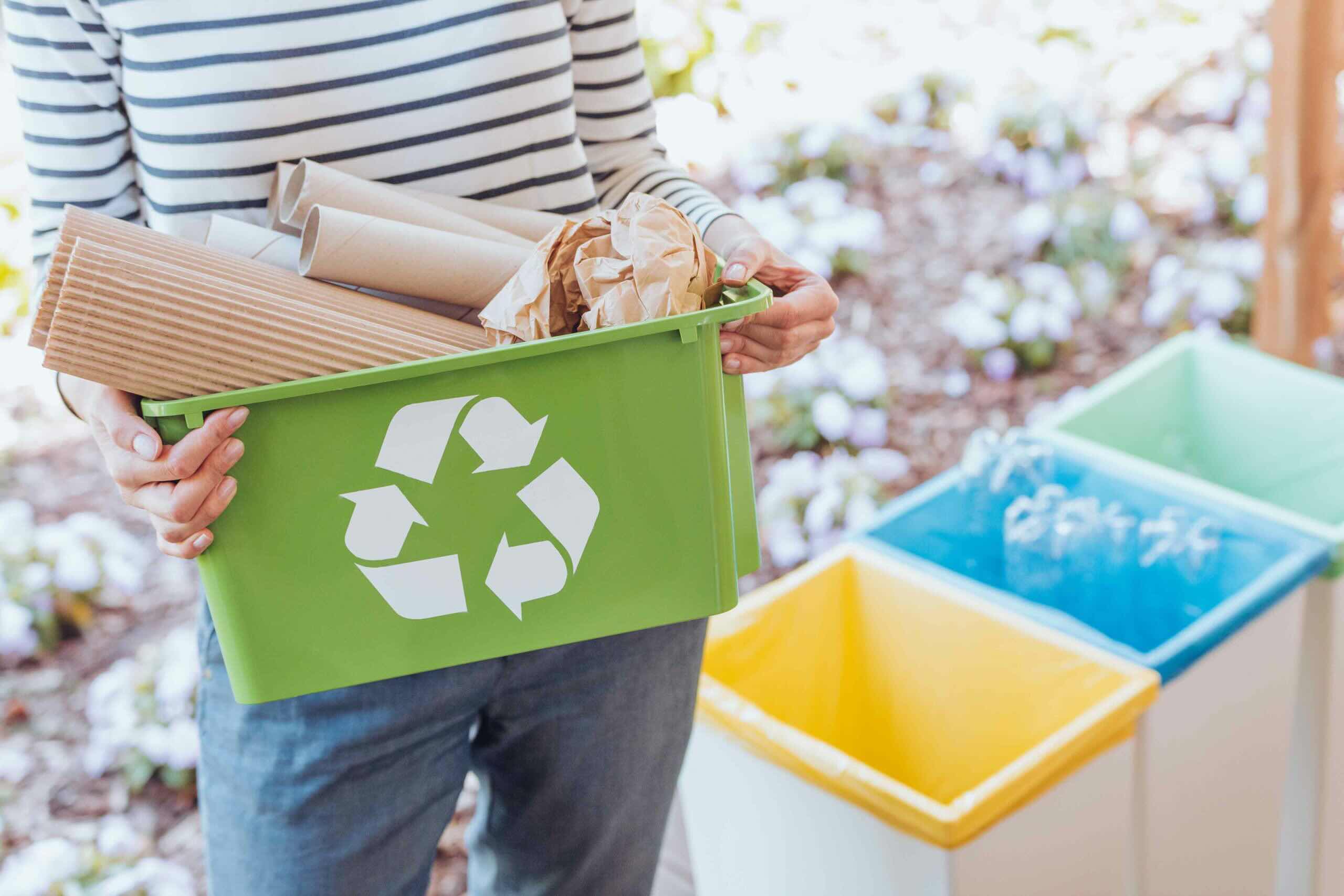

Home Maintenance Checklists
What Approximate Percentage Of Household Trash Can Be Recycled?
Modified: October 19, 2024
Discover how to recycle a significant percentage of household trash with our comprehensive home maintenance checklists. Reduce waste and contribute to a sustainable environment today!
(Many of the links in this article redirect to a specific reviewed product. Your purchase of these products through affiliate links helps to generate commission for Storables.com, at no extra cost. Learn more)
**
Introduction
**
In the realm of sustainable living, the management of household trash holds a pivotal role. As conscientious global citizens, it's imperative to comprehend the significance of recycling and the impact it has on our environment. By delving into the depths of household trash and the potential for recycling, we can unearth a wealth of knowledge that empowers us to make informed decisions. This article aims to unravel the enigma surrounding household trash and shed light on the approximate percentage of recyclable materials it contains. Let's embark on this enlightening journey to discover the untapped potential within our everyday waste.
**
Key Takeaways:
- Recycling household trash can divert approximately 32% of waste from landfills, conserving resources and reducing environmental impact.
- Embracing recycling practices yields benefits such as energy savings, economic opportunities, and community engagement, contributing to a greener, more sustainable future.
Read more: What Goes In Recycling Trash Can
Understanding Household Trash
**
Household trash encompasses a diverse array of materials that are discarded on a daily basis. From food packaging and plastic containers to paper products and glass bottles, the composition of household trash is remarkably varied. Understanding the nature of these discarded items is crucial in comprehending their potential for recycling. By categorizing and analyzing the components of household trash, we can discern the recyclable materials from the non-recyclable ones, thus paving the way for effective waste management.
When we scrutinize our household trash, it becomes evident that a significant portion of it is comprised of materials that can be repurposed through recycling. Paper, cardboard, aluminum cans, glass, and certain types of plastics are among the common recyclable items found in household waste. By segregating these materials from the non-recyclable ones, we can unlock the inherent value within our trash and contribute to the conservation of natural resources.
Moreover, gaining insight into the lifecycle of household items allows us to appreciate the environmental impact of our consumption patterns. By recognizing the potential for reusing and recycling various materials, we can mitigate the adverse effects of excessive waste generation. This understanding prompts us to adopt sustainable practices and actively participate in the recycling process, thereby fostering a culture of environmental responsibility within our homes and communities.
**
Types of Recyclable Materials
**
Recycling presents a remarkable opportunity to breathe new life into a diverse range of materials that would otherwise end up in landfills. Understanding the types of recyclable materials empowers us to make informed decisions about waste disposal and paves the way for sustainable living.
1. Paper and Cardboard: One of the most prevalent recyclable materials in household trash, paper and cardboard can be transformed into new paper products through recycling. By collecting and recycling newspapers, magazines, cardboard boxes, and office paper, we can significantly reduce the demand for virgin wood pulp, thereby conserving forests and minimizing environmental degradation.
2. Plastics: While not all plastics are recyclable, certain types, such as PET (polyethylene terephthalate) and HDPE (high-density polyethylene), can be reprocessed into a wide array of products. By identifying the resin codes on plastic containers and packaging, we can segregate the recyclable plastics from the non-recyclable ones, thus diverting a substantial portion of plastic waste from landfills.
3. Glass: Glass containers and bottles are endlessly recyclable, making them a valuable asset in the realm of recycling. By collecting and processing glass items, we can conserve energy and raw materials while reducing the environmental impact of glass production.
4. Metals: Aluminum and steel cans are among the most commonly recycled metal items found in household trash. By recycling these metals, we can conserve energy, reduce greenhouse gas emissions, and minimize the need for mining and ore extraction.
5. Organic Waste: While not traditionally considered recyclable in the conventional sense, organic waste such as food scraps and yard trimmings can be composted to produce nutrient-rich soil amendments. This process not only diverts organic waste from landfills but also promotes sustainable gardening and agriculture.
By recognizing the recyclable materials within our household trash, we can actively participate in the recycling process, thereby contributing to resource conservation and environmental sustainability.
**
Challenges in Recycling Household Trash
**
While the concept of recycling household trash holds immense promise, it is not without its challenges. Understanding and addressing these obstacles is crucial in enhancing the efficacy of recycling initiatives and promoting sustainable waste management practices.
1. Contamination: One of the primary challenges in recycling household trash is contamination. When non-recyclable items are mixed with recyclable materials, it compromises the quality and integrity of the recycling stream. Contamination can occur due to improper sorting of waste, lack of awareness about recyclable materials, or the presence of food residues and hazardous substances in recyclable items.
2. Limited Infrastructure: In some regions, the infrastructure for recycling household trash may be limited or inadequate. This can impede the collection, sorting, and processing of recyclable materials, thereby hindering recycling efforts. Lack of access to recycling facilities and insufficient support for recycling programs can pose significant challenges for individuals and communities striving to recycle effectively.
3. Complex Material Composition: The diverse composition of household trash, including mixed materials and composite packaging, presents a complex challenge for recycling. Certain items, such as multi-layered packaging and composite materials, may be difficult to recycle using conventional methods, necessitating innovative solutions and advanced recycling technologies.
4. Behavioral Patterns: Encouraging widespread participation in recycling programs and fostering sustainable behavioral patterns poses a significant challenge. Overcoming apathy, promoting awareness about the importance of recycling, and instilling responsible waste management practices in individuals and households require concerted efforts in education and advocacy.
5. Economic Viability: The economic viability of recycling household trash is a critical consideration. Market demand for recycled materials, fluctuating commodity prices, and the cost of recycling processes influence the feasibility of recycling initiatives. Ensuring the economic sustainability of recycling programs is essential for their long-term success.
Addressing these challenges necessitates a collaborative approach involving government entities, waste management organizations, businesses, and individuals. By surmounting these obstacles, we can pave the way for a more effective and sustainable recycling ecosystem, thereby minimizing the environmental impact of household trash.
**
Approximately 25-30% of household trash can be recycled. This includes items like paper, cardboard, glass, plastic, and metal cans. Be sure to check your local recycling guidelines for specific items accepted in your area.
Approximate Percentage of Household Trash That Can Be Recycled
**
The approximate percentage of household trash that can be recycled varies depending on several factors, including regional recycling capabilities, waste composition, and individual recycling practices. While it is challenging to provide a universal figure, estimates suggest that a significant portion of household trash is indeed recyclable.
According to the Environmental Protection Agency (EPA), approximately 32% of the municipal solid waste generated in the United States is recyclable. This includes materials such as paper, cardboard, glass, plastics, and metals, all of which can be diverted from landfills through recycling initiatives. However, it is important to note that the recyclability of household trash extends beyond these conventional categories, encompassing organic waste, electronic devices, textiles, and other items that can be repurposed or reprocessed.
When considering the recyclable percentage of household trash, it is essential to recognize the potential for waste reduction and source separation. By implementing effective waste management practices, such as source separation of recyclable materials and composting of organic waste, households can significantly increase the percentage of trash diverted from landfills.
Furthermore, advancements in recycling technologies and the emergence of innovative recycling processes have expanded the scope of recyclable materials. With the development of specialized recycling facilities and the adoption of advanced sorting and processing techniques, the percentage of household trash that can be recycled continues to evolve, offering new opportunities for waste diversion and resource conservation.
While the precise percentage may vary, the overarching message remains clear: a substantial portion of household trash holds the potential for recycling. By embracing sustainable waste management practices, actively participating in recycling programs, and advocating for the expansion of recycling infrastructure, individuals and communities can contribute to maximizing the recyclable percentage of household trash, thereby mitigating the environmental impact of waste disposal.
**
Read more: What Percentage Of Glass Is Recycled
Benefits of Recycling Household Trash
**
Recycling household trash yields a myriad of environmental, economic, and social benefits, underscoring its pivotal role in sustainable waste management and resource conservation. By embracing recycling practices, individuals and communities can contribute to a greener, more sustainable future while reaping the following advantages:
1. Resource Conservation: Recycling reduces the demand for raw materials by repurposing existing resources, thereby conserving natural habitats and ecosystems. By diverting recyclable materials from landfills, we can mitigate the need for resource extraction and minimize environmental degradation.
2. Energy Savings: The recycling process consumes less energy than the production of new materials. By recycling household trash, we can reduce energy consumption, lower greenhouse gas emissions, and alleviate the strain on finite energy resources.
3. Waste Reduction: Recycling mitigates the volume of waste destined for landfills, thus extending the lifespan of landfill sites and minimizing the environmental impact of waste disposal. Additionally, composting organic waste further reduces the quantity of trash sent to landfills, promoting sustainable waste management.
4. Economic Opportunities: Recycling fosters economic growth by creating job opportunities in the recycling industry, promoting the development of recycling infrastructure, and stimulating the market for recycled materials. This not only bolsters local economies but also contributes to a more sustainable and circular economy.
5. Environmental Protection: By reducing the reliance on virgin materials, recycling mitigates deforestation, habitat destruction, and pollution associated with resource extraction and manufacturing processes. It also curtails the emission of greenhouse gases and other pollutants linked to waste incineration and landfill decomposition.
6. Community Engagement: Recycling initiatives promote community engagement and environmental stewardship, fostering a sense of collective responsibility and environmental awareness. By participating in recycling programs and advocating for sustainable practices, individuals contribute to a cleaner and healthier environment for present and future generations.
7. Circular Economy: Recycling facilitates the transition towards a circular economy, wherein materials are reused, remanufactured, and recycled to minimize waste and maximize resource efficiency. This paradigm shift promotes sustainable consumption and production patterns, aligning with global efforts to mitigate climate change and environmental degradation.
By recognizing and embracing the benefits of recycling household trash, individuals, households, and communities can play a pivotal role in advancing sustainable development and environmental stewardship.
**
Conclusion
**
As we conclude our exploration of household trash and its potential for recycling, it becomes evident that the act of recycling transcends mere waste management—it embodies a profound commitment to environmental preservation, resource conservation, and sustainable living. Understanding the recyclable components of household trash empowers us to make conscientious choices that resonate far beyond the confines of our homes.
While challenges in recycling household trash persist, the benefits of embracing recycling practices outweigh the obstacles. By recognizing the diverse array of recyclable materials within our household trash, we can actively participate in the global effort to minimize waste, conserve resources, and mitigate environmental impact.
As we navigate the intricacies of recycling, it is essential to foster a culture of environmental responsibility, advocate for recycling infrastructure, and champion sustainable waste management practices. By doing so, we can elevate the percentage of household trash that is diverted from landfills through recycling, thereby contributing to a healthier planet and a more sustainable future.
Let us embrace the transformative power of recycling household trash, recognizing that our individual actions, however small, collectively shape the trajectory of environmental stewardship. Through education, advocacy, and unwavering commitment to sustainable practices, we can harness the potential within our household trash and pave the way for a greener, more sustainable world for generations to come.
Frequently Asked Questions about What Approximate Percentage Of Household Trash Can Be Recycled?
Was this page helpful?
At Storables.com, we guarantee accurate and reliable information. Our content, validated by Expert Board Contributors, is crafted following stringent Editorial Policies. We're committed to providing you with well-researched, expert-backed insights for all your informational needs.
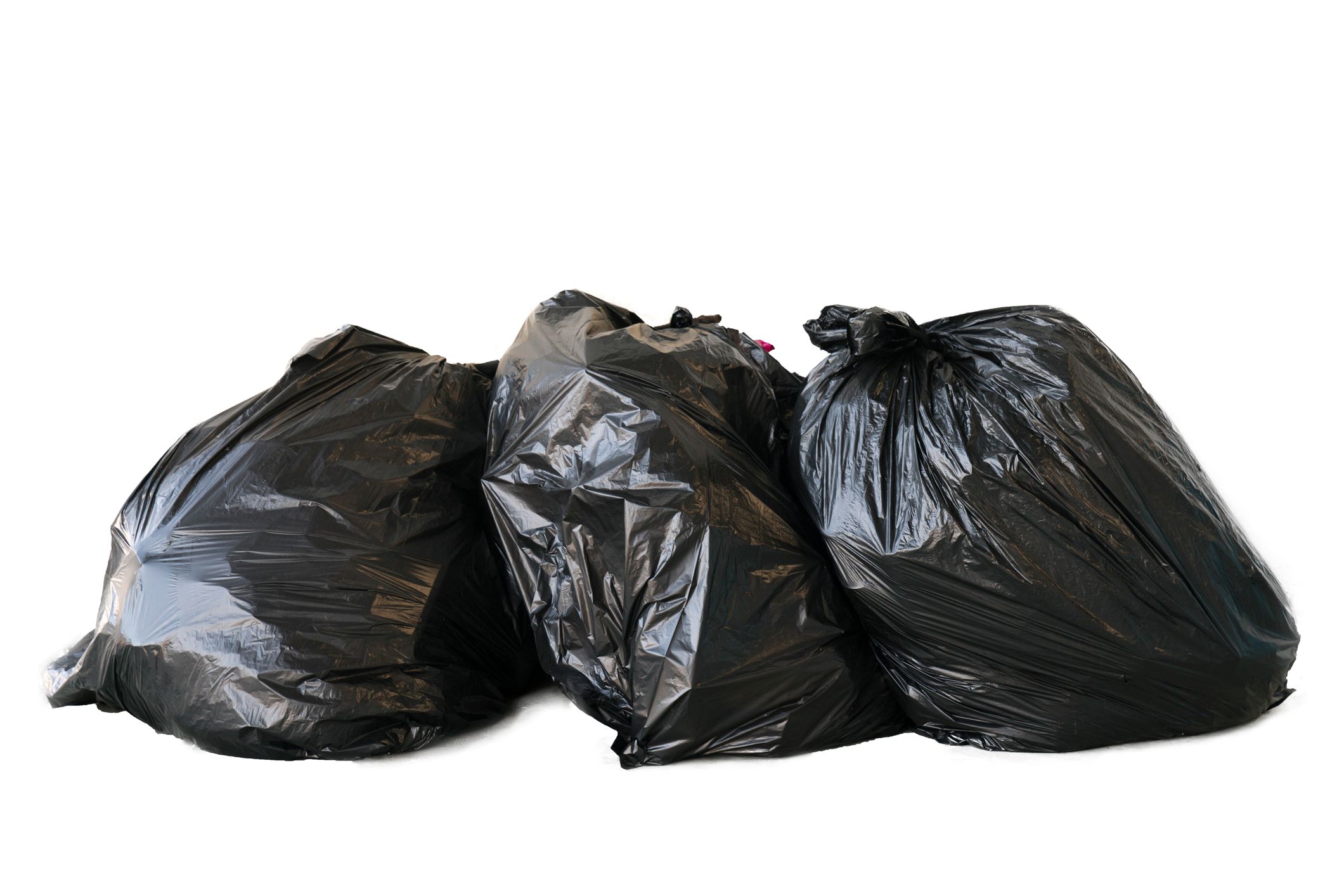
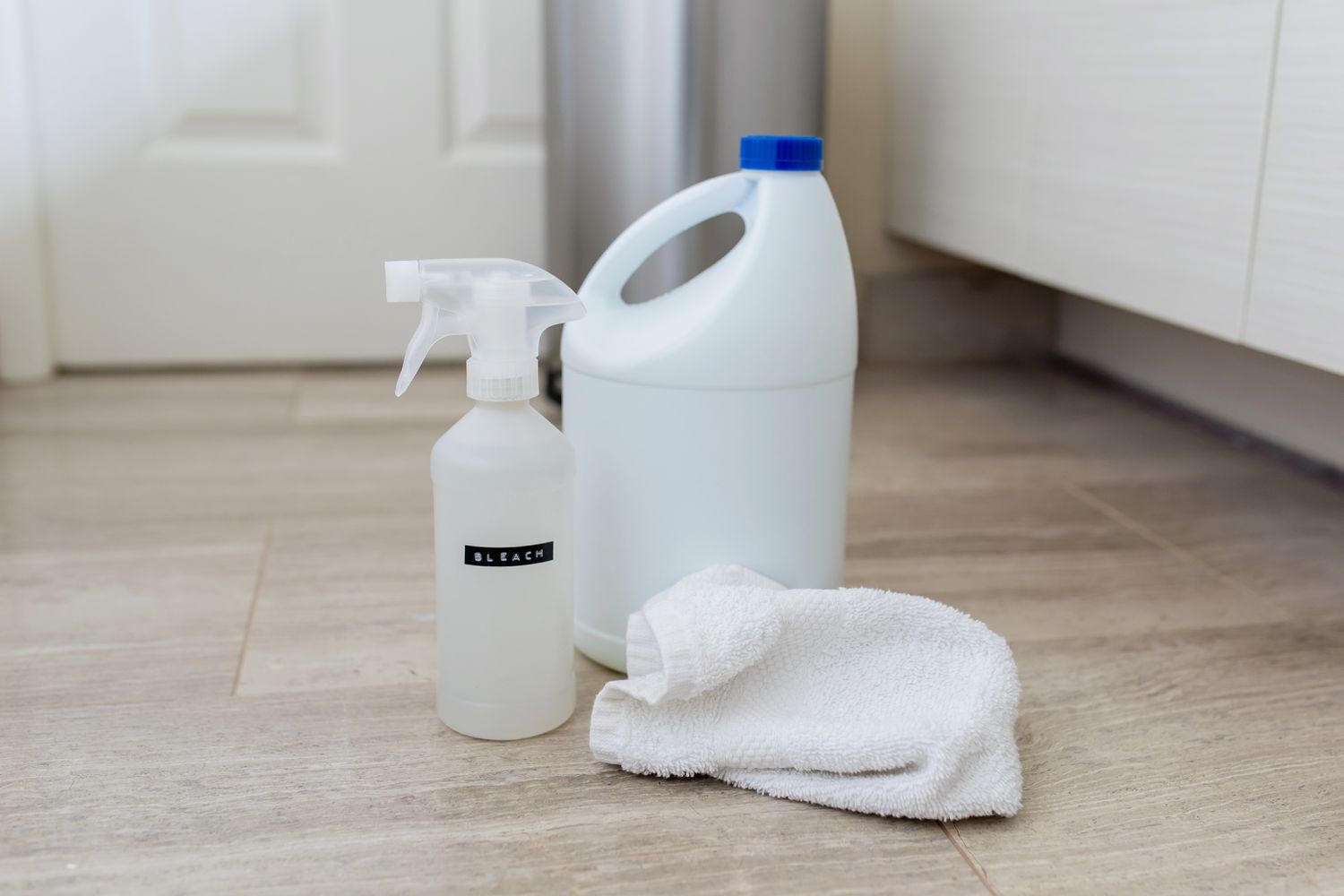
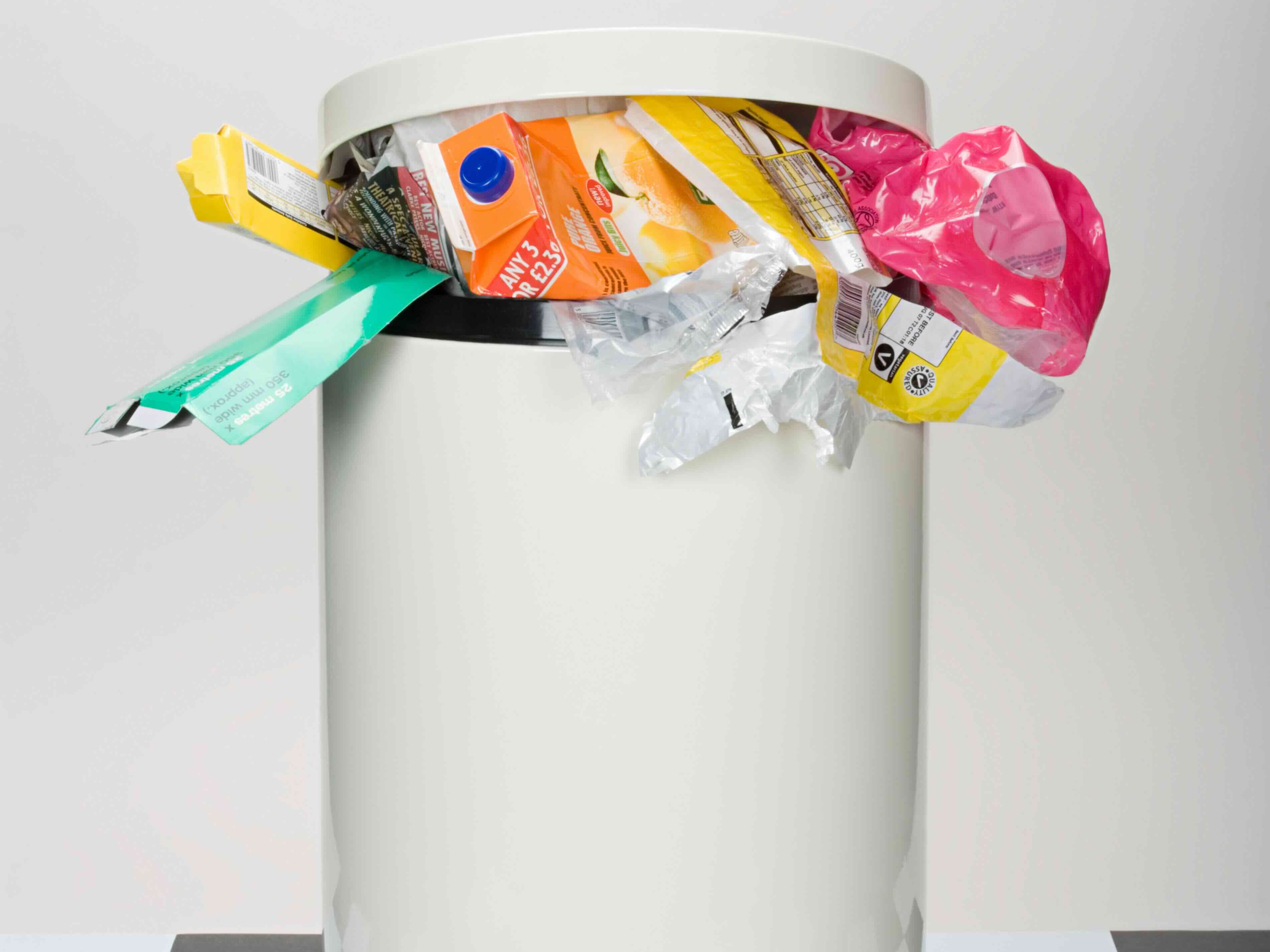
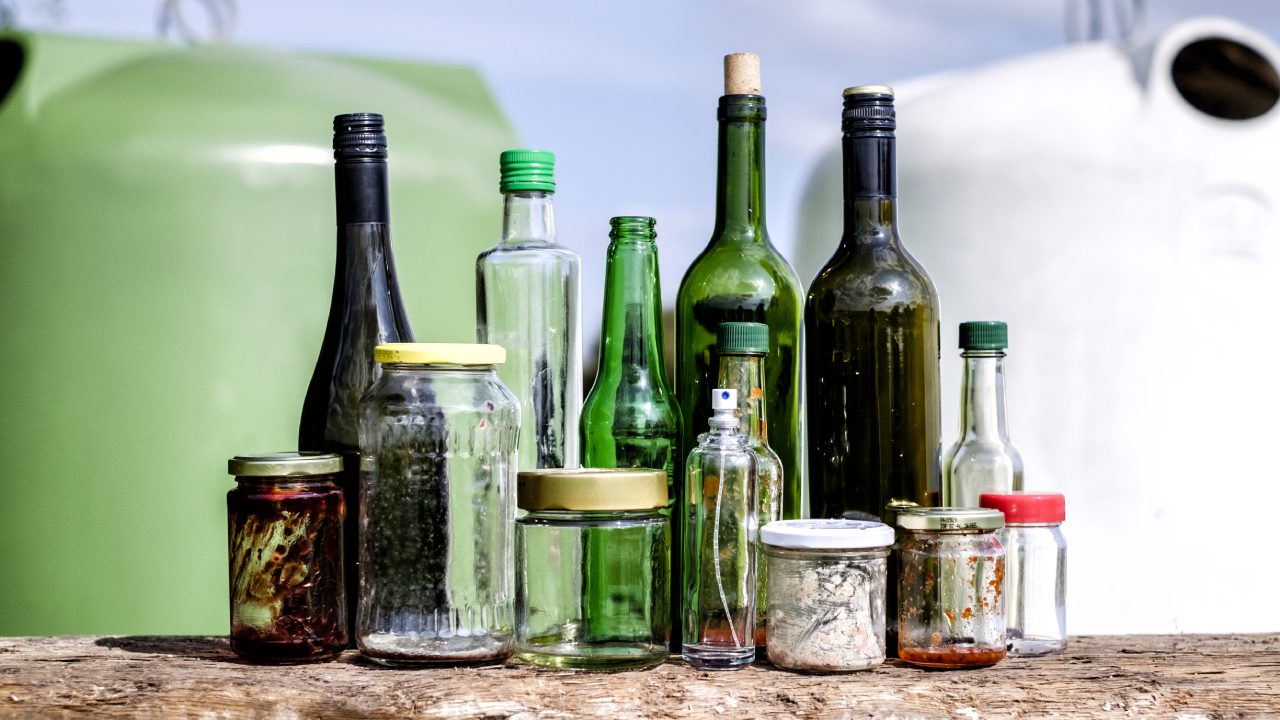
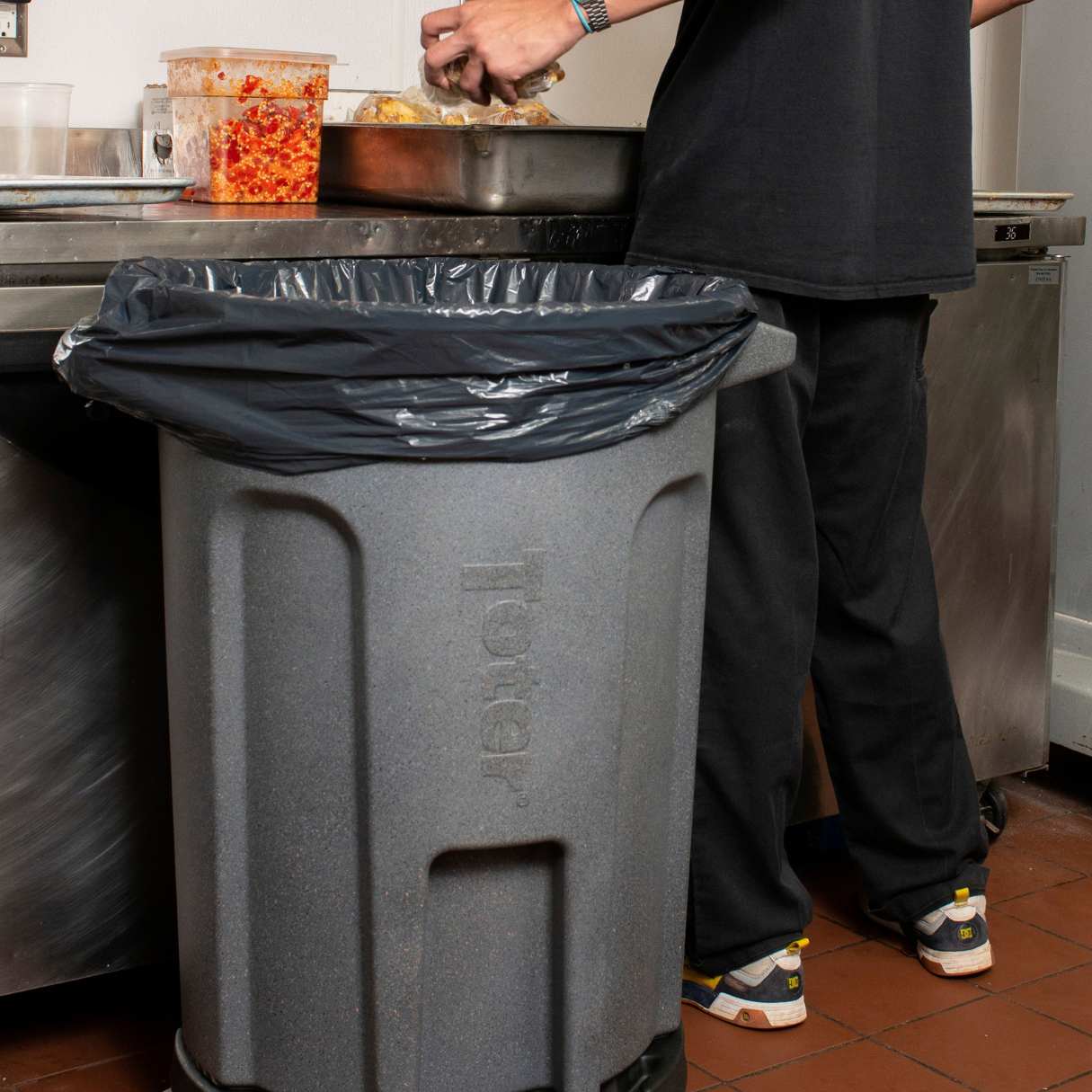
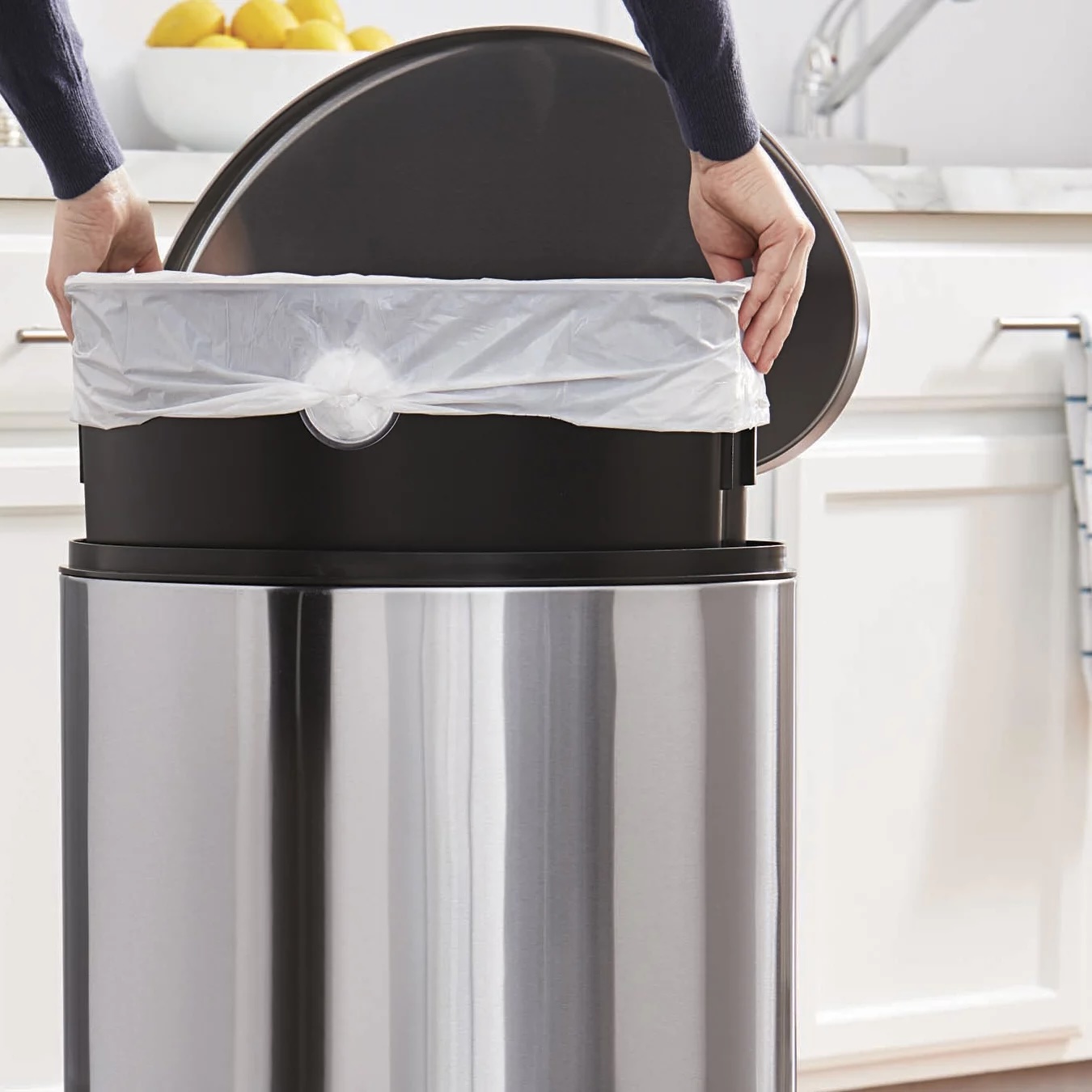
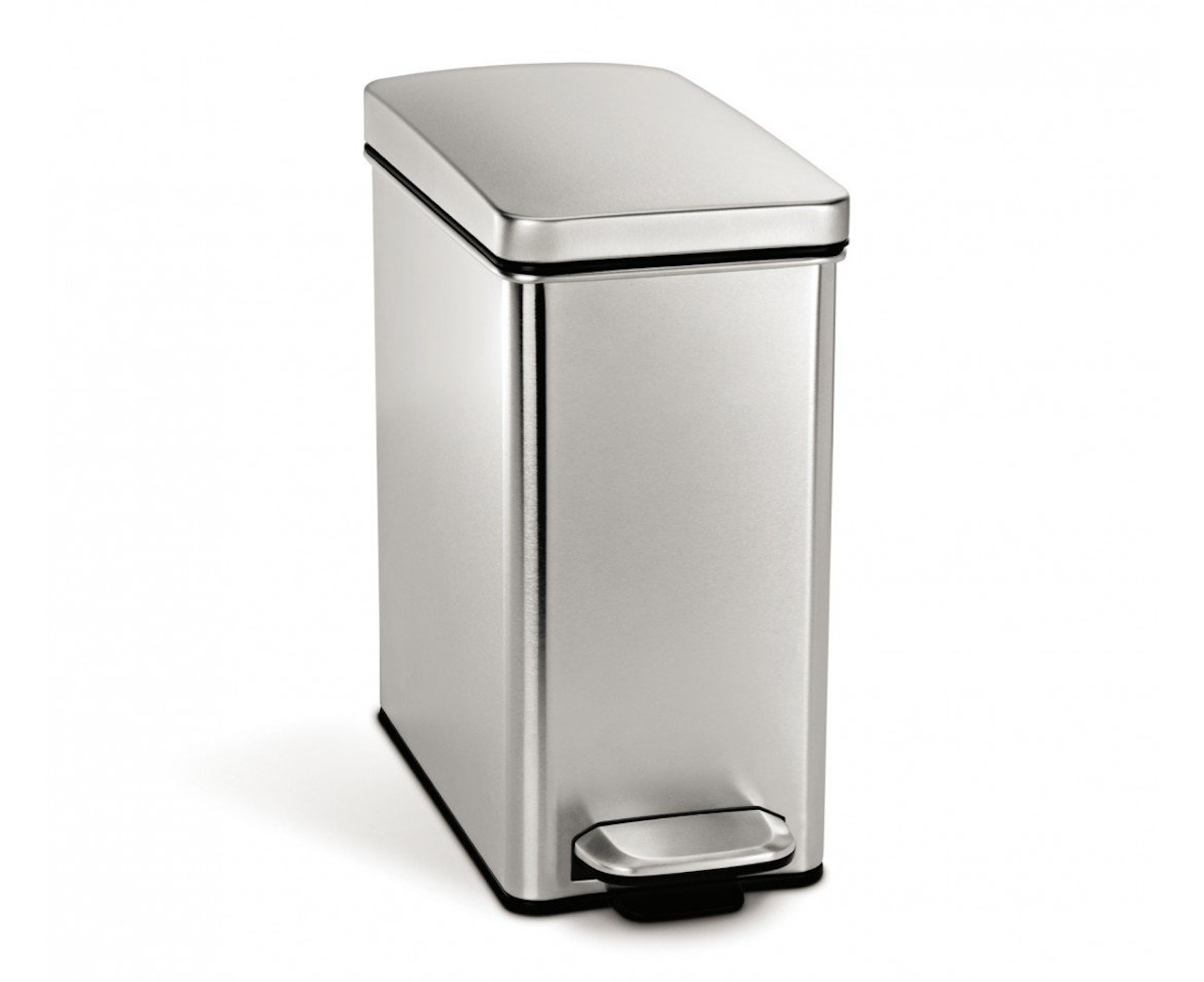
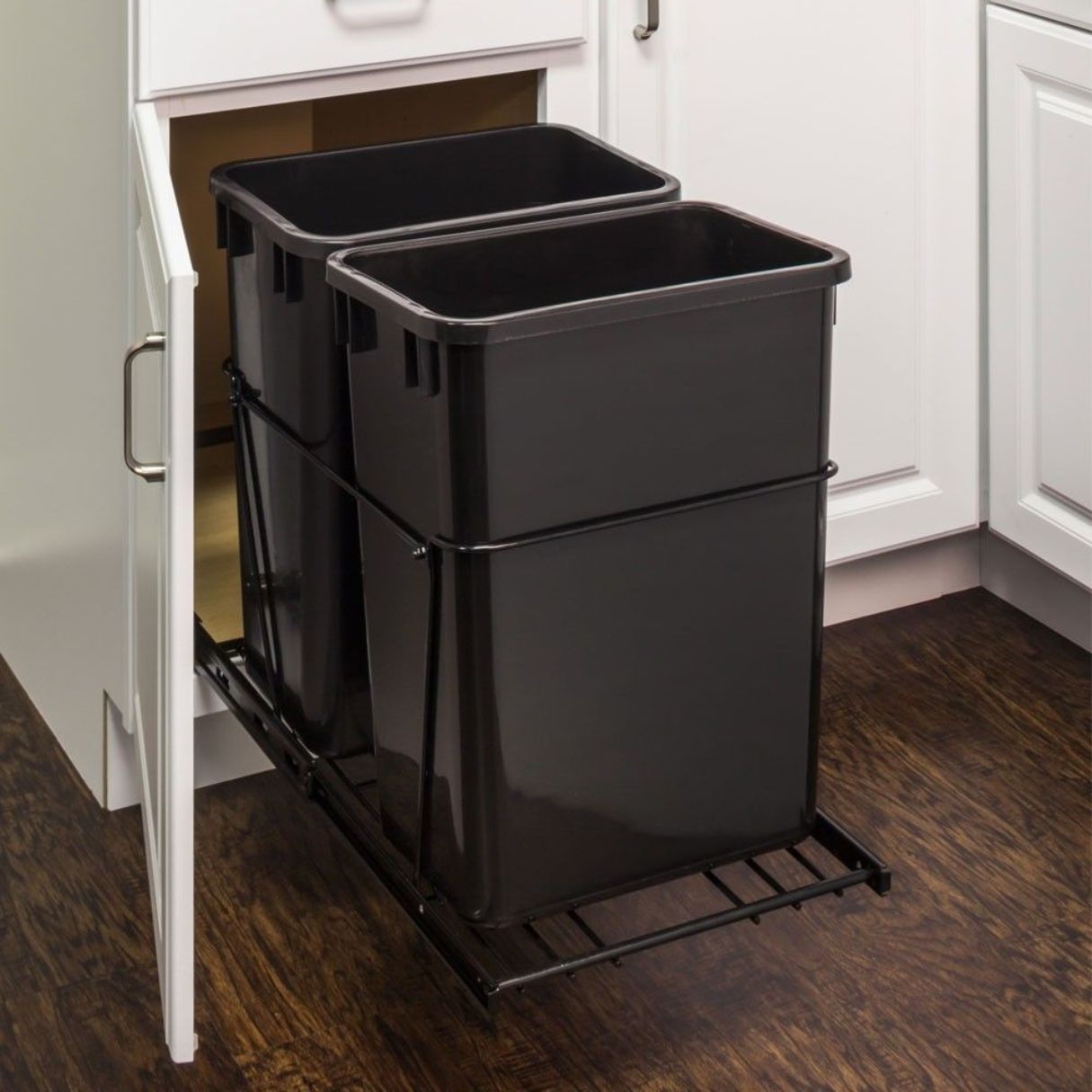
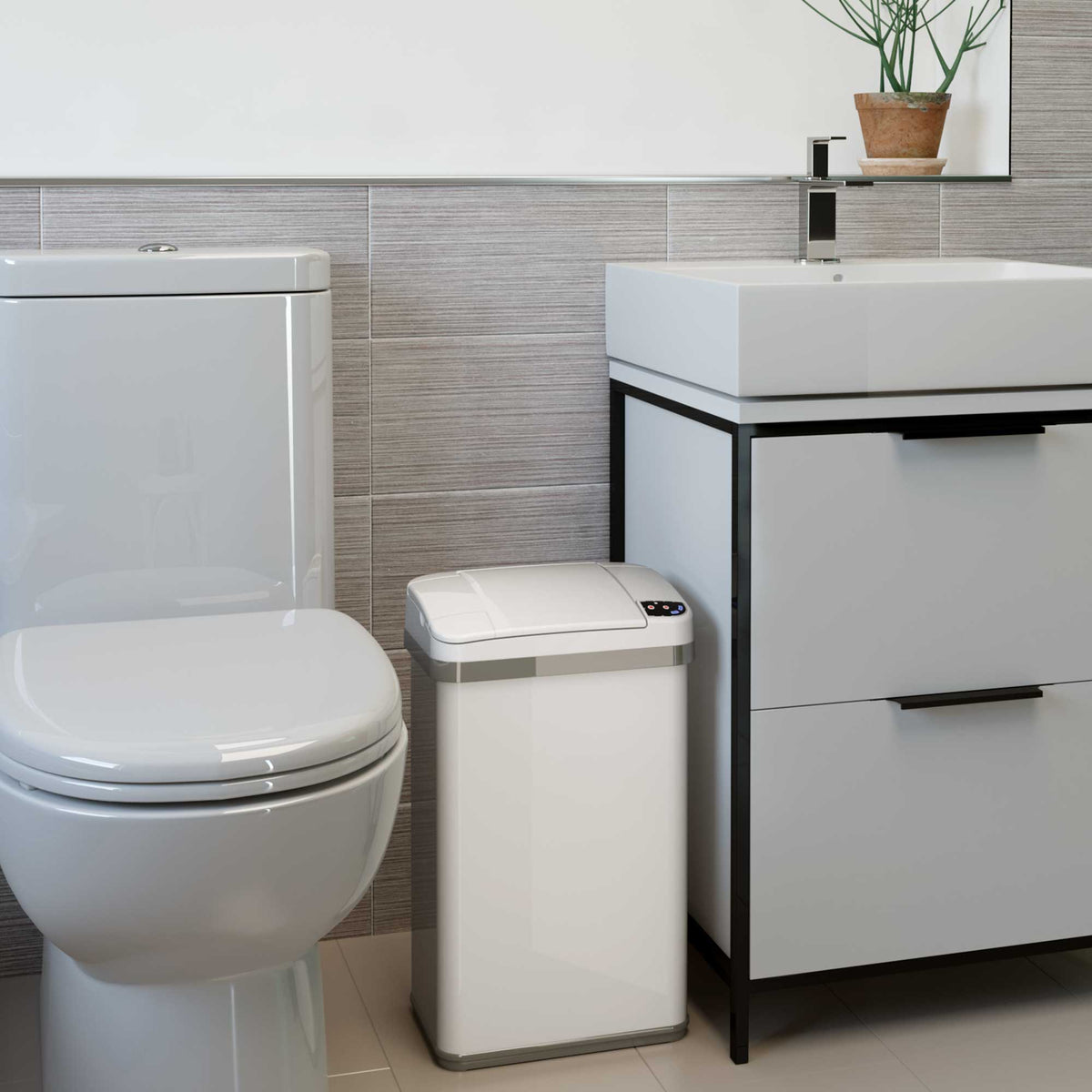
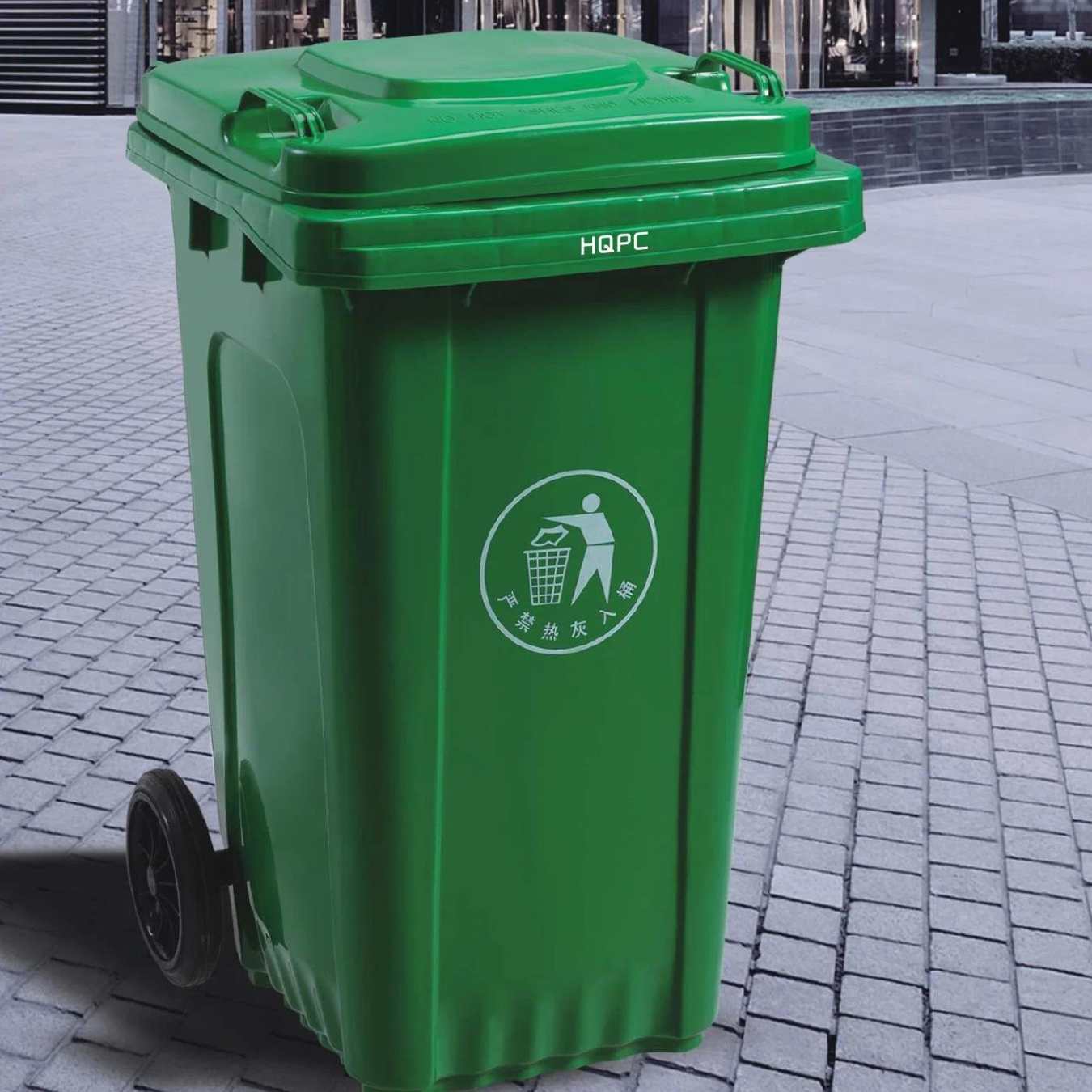
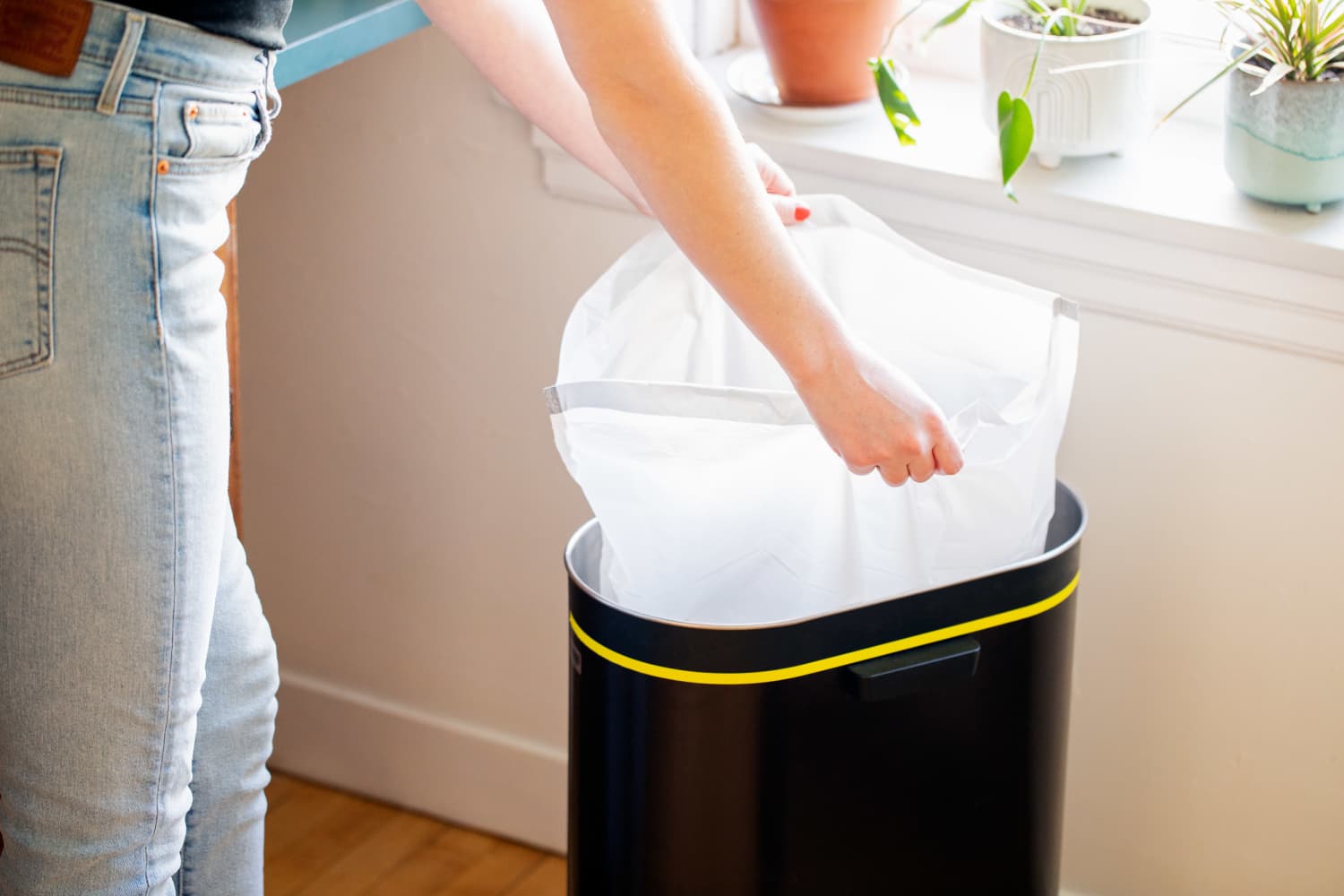
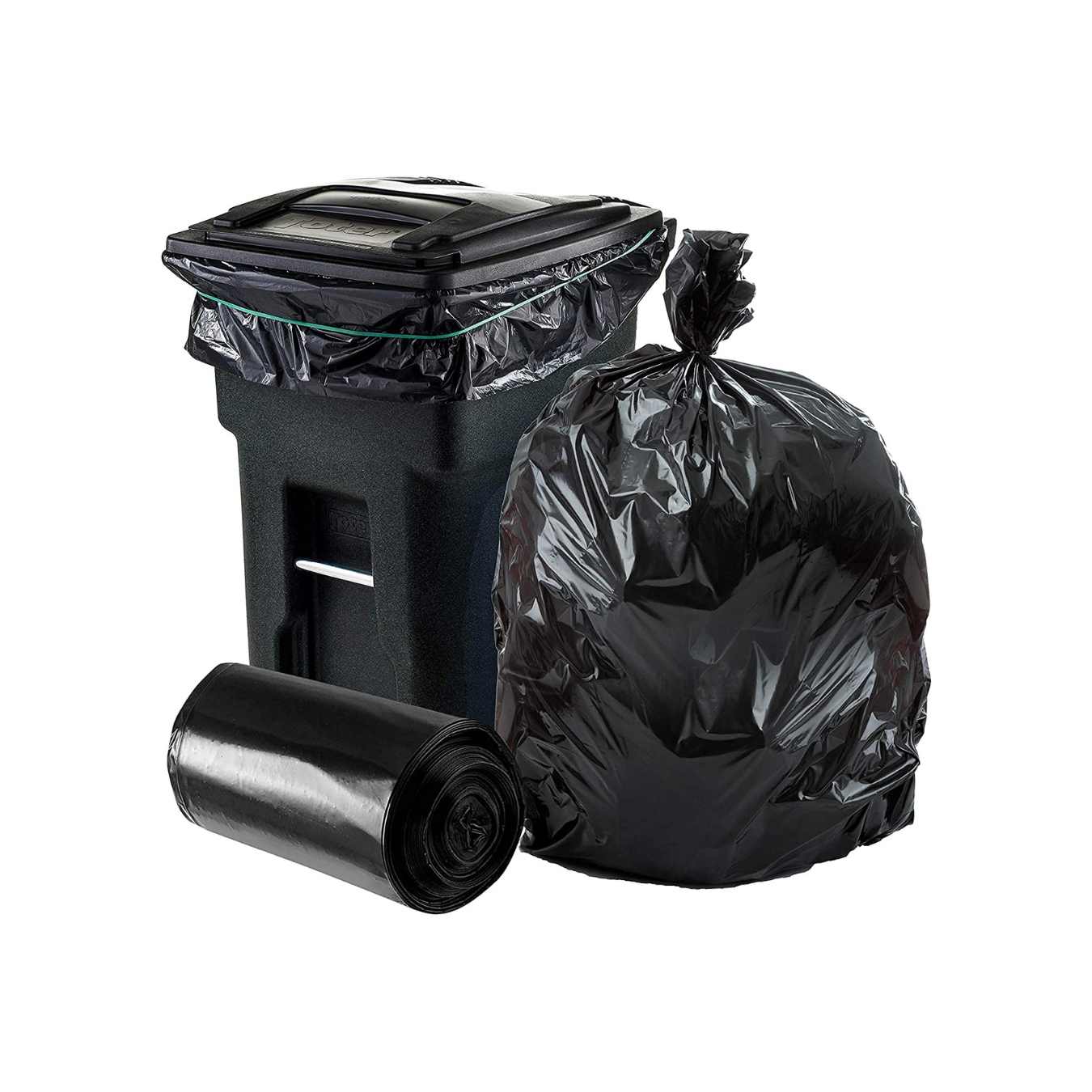
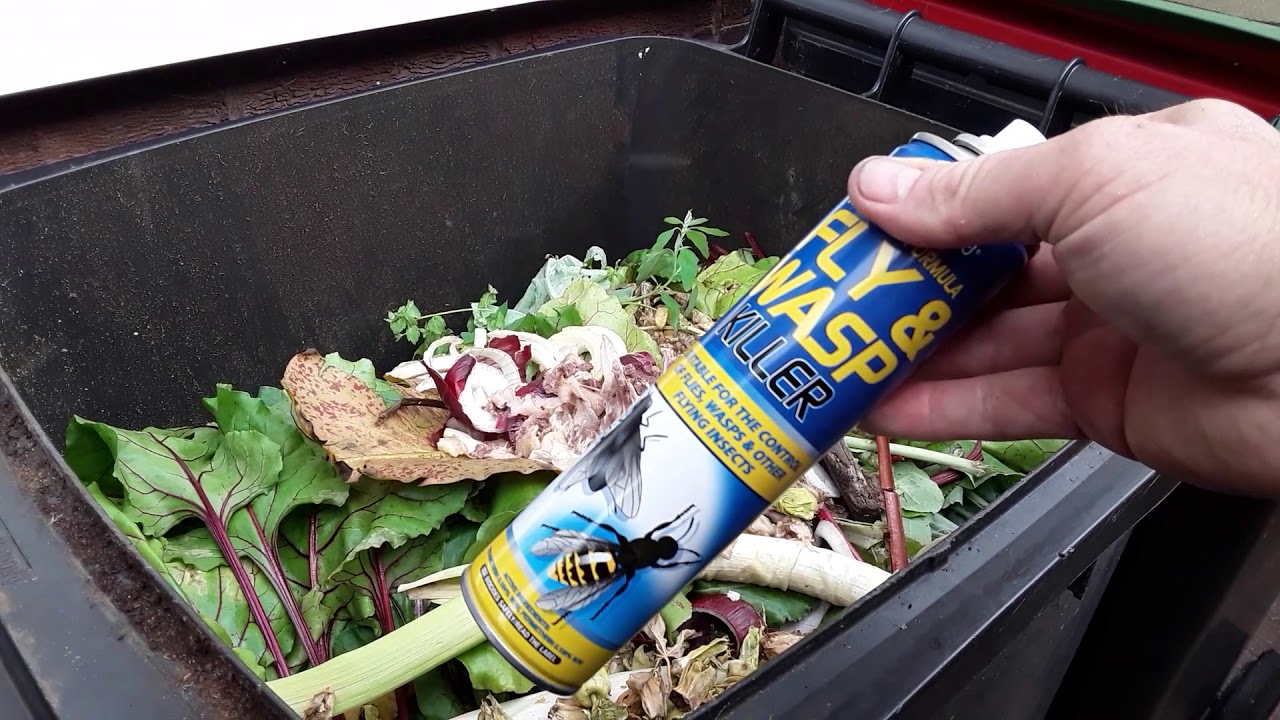


0 thoughts on “What Approximate Percentage Of Household Trash Can Be Recycled?”